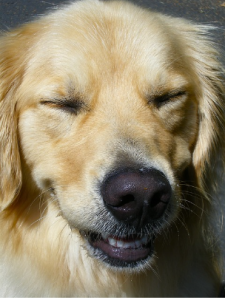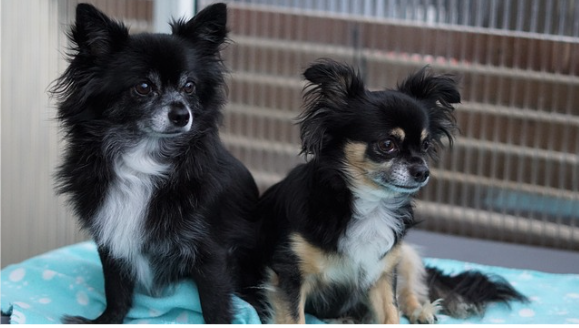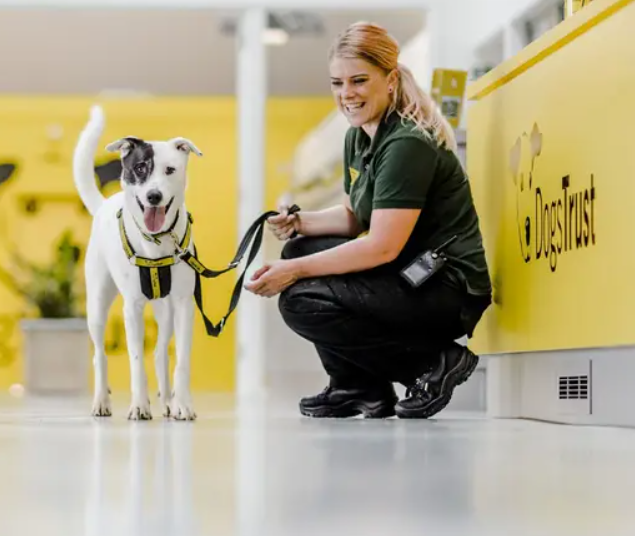How Dogs Use Their Sense of Smell: A Comprehensive Guide
Dogs have an extraordinary sense of smell, far exceeding that of humans. Dogs have 40 to 300 million olfactory receptors in their noses, compared to just 5 million in humans. This means that dogs can detect millions of times weaker scents than we can smell.
Dogs’ sense of smell is essential for their survival and well-being. They use it to find food, track prey, communicate with each other, and navigate their environment. Dogs also use their sense of smell to learn about their surroundings and to identify individuals.
Here are some of the ways that dogs use their sense of smell:
- Finding food: Dogs use their sense of smell to find food, even when buried underground or hidden in difficult-to-reach places. They can also smell food from a long distance away. This ability is essential for wild dogs, but it is also helpful for domesticated dogs.
- Tracking prey: Dogs use their sense of smell to chase targets. They can follow a prey animal’s scent for miles, even if the animal has been gone for hours or days. This ability is used by working dogs such as hunting dogs and search and rescue dogs.
- Communicating with each other: Dogs use their sense of smell to communicate. They mark their territory with their urine and feces and use their scent to identify other dogs. Dogs also use their sense of smell to detect the emotions of other dogs. For example, a dog can smell the fear or aggression of another dog and respond accordingly.
- Navigating their environment: Dogs use their sense of smell to navigate their environment. They can follow their scent back home, even if they have traveled a long distance. Dogs can also use their sense of smell to find specific locations, such as a favorite park or a friend’s home.
- Learning about their surroundings: Dogs use their sense of smell to learn about their surroundings. They sniff everything they encounter, from people and other animals to objects and places. This helps them build a mental map of their world and understand what is happening around them.
- Identifying individuals: Dogs can use their sense of smell to identify individuals. They can recognize the unique scent of their owners, family members, and other familiar people and animals. Dogs can also use their sense of smell to identify strangers.
How does a dog’s sense of smell work?
A dog’s sense of smell is much more complex than a human’s. Dogs have two central olfactory systems: the primary olfactory system and the vomeronasal organ.
The primary olfactory system: The central olfactory system is in the nasal cavity. It is composed of millions of olfactory receptors, which are cells that detect scents. When a dog breathes in, air passes over the olfactory receptors, and the scent molecules bind to the receptors. This sends a signal to the brain, which interprets the signal and identifies the scent.
The vomeronasal organ: The vomeronasal organ is a small organ located behind the roof of the mouth. It is also known as Jacobson’s organ. The vomeronasal organ is used to detect pheromones, which are chemical signals released by other animals. Pheromones are used for communication, reproduction, and social behavior.
How can you train your dog to use its sense of smell?
Dogs can be trained to use their sense of smell for various purposes, such as tracking prey, finding explosives, or detecting diseases. Different training methods can be used, but the basic principles are the same.
To train your dog to use its sense of smell, you will need to start by teaching it to identify a specific scent. You can give your dog a small piece of food or a toy scented with the target scent. Once your dog has learned to identify the smell, you can train it to follow the scent to a specific location.
To train your dog to follow a scent, you must start by making the trail accessible for your dog to follow. You can do this by dragging a scented cloth or toy along the ground. Once your dog has mastered the easy trail, you can start making the course more difficult by making it longer and more winding.
Once your dog has learned to follow a scent, you can train it to use its sense of smell for specific tasks. For example, if you want to train your dog to track prey, you will need to start by introducing it to follow a prey animal’s scent. If you train your dog to find explosives, you must prepare it to follow the smell of explosives.
**Training a dog to use its sense of smell takes time and patience, but it is a rewarding experience. Dogs trained to use their sense of smell can be used for various purposes.



